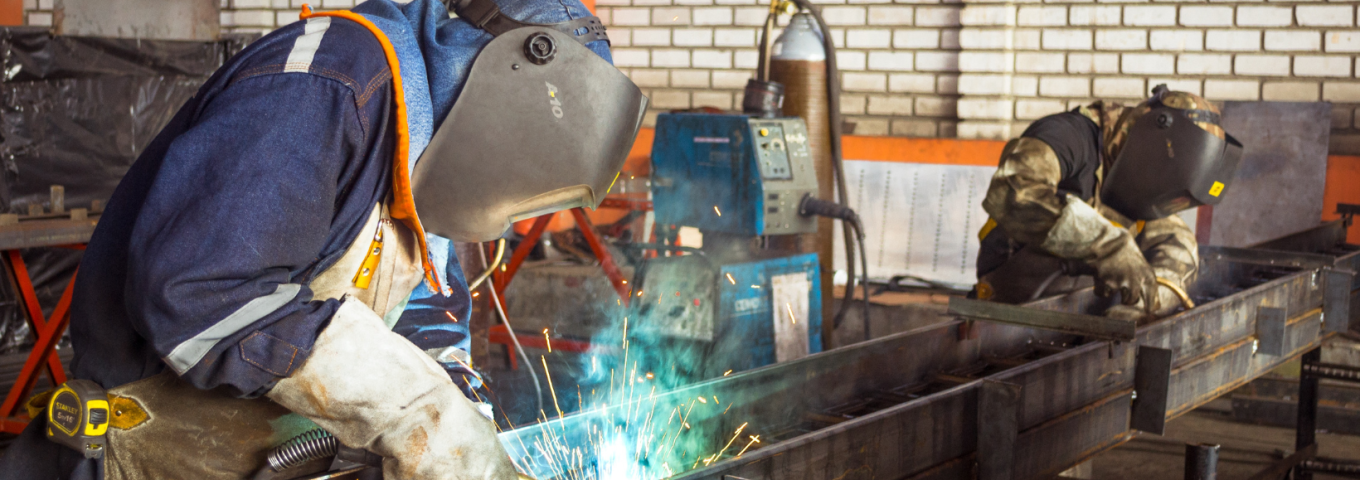The Risk of Airborne Contaminants in the Workplace
Every year in the UK, hundreds of people contract lung disease and other life-threatening illnesses due to excessive inhalation of airborne contaminants in the workplace.
Whilst some airborne contaminants, such as wood dust and asbestos, are widely known, others are talked about less. This article discusses the various airborne pollutants hazardous to human health and advises how to manage them.
What are airborne contaminants?
Airborne contaminants are described as hazardous particulates, biological molecules or other harmful materials in the air we breathe. These particles pose a significant risk to human health if inhaled repeatedly over time.
Types of hazardous airborne contaminants
Airborne contaminants are produced during a range of processes in the workplace, such as:
Flour dust
Workers in milling and baking-related jobs may inhale this dust when flour is processed and becomes airborne. The dust can aggravate the respiratory tract and is known to cause occupational asthma.
Chemical and solvent fumes
In factories where glues, paints, chemicals, and plastics are manufactured, solvent fumes are released into the air. These toxic fumes are known to cause Leukaemia, Scleroderma, and renal cancer.
Wood dust
Both soft and hard woods contain natural chemicals and substances such as bacteria, moulds, and fungi. Inhaling wood dust can trigger respiratory problems and lead to lung diseases such as occupational asthma and lung cancer.
Paint mist
Almost all body shops use paints and lacquers that contain isocyanate hardeners. During the spraying process, the invisible isocyanate paint mist is released into the air, increasing the risk of inhalation and occupational asthma.
Welding fume
Welding fume is formed when metals are heated beyond their melting point, vaporised, and condensed into fumes. Welding fume contains carcinogenic metals such as nickel, formaldehyde, and arsenic associated with liver disease, kidney failure, and COPD.
We discussed in more detail the impacts of inhaling heavy metal fumes in this article.
The solution
The solution to most of these hazardous substances is a properly designed, maintained, and operated LEV system.
A local exhaust Ventilation (LEV) system is an engineered structure which reduces exposure to airborne contaminants. A correctly designed LEV system works by:
- Collecting the air that contains the contaminants at the source
- Removing the contaminated air away from workers
- Cleaning the polluted air and disposing of the pollutants safely
LEV systems must be designed and installed by P602 engineers. Once an LEV system has been installed, several steps need to be completed to guarantee its efficiency:
Commissioning
The system must be commissioned to demonstrate it is working correctly and capable of delivering sufficient protection.
Training
Staff should be trained to operate the system to ensure maximum control of the contaminants.
Maintenance and servicing
The LEV system should be maintained and serviced according to the manufacturer’s recommendations.
Thorough examination and test
All LEV operators are required by law to organise a detailed examination by a competent individual every 14 months.
To summarise: For an LEV system to be effective, it must be:
✓ Designed and installed by P602 engineers
✓ Controlled by fully trained operatives
✓ Maintained and serviced regularly
✓ Thoroughly inspected and tested by P601 engineers every 14 months
For all your LEV-related questions and enquiries, talk to our experts here.

